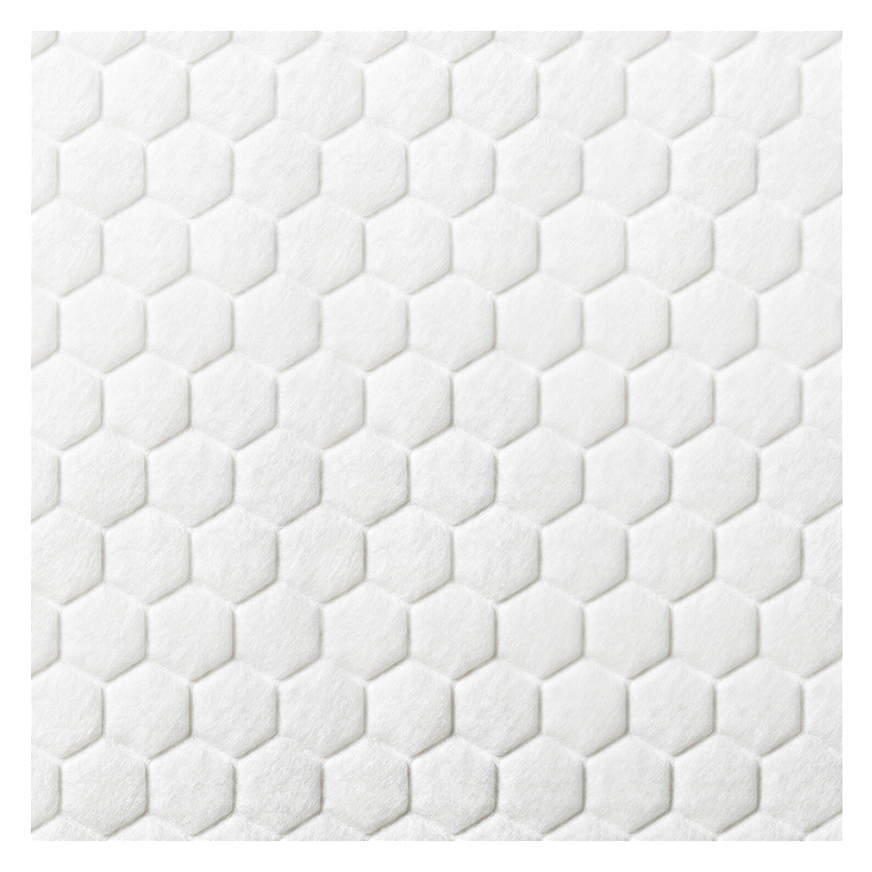Biatain Fiber with HexaLock Technology
The pooling of wound exudate can occur when exudate is not managed effectively or when the wound bed is not covered by an absorbent dressing, leading to an increased risk of bacterial growth and infection. Unmanaged exudate can also leak onto the wound edges and the periwound skin, which may cause maceration and delay wound healing.
HexaLock Technology gives Biatain Fiber the strength to manage exudate, reducing the risk of maceration and infection.
Biatain Fiber is indicated for use in acute and chronic wounds such as diabetic ulcers, leg ulcers (arterial ulcers, venous ulcers and leg ulcers of mixed aetiology), pressure ulcers (stage II-IV), exudate absorption in oncology wounds, traumatic wounds, partial-thickness burns, donor sites, and post-operative surgical wounds.
Key benefits
- One important function of a gelling fiber is its ability to retain exudate, ensuring it does not leak back into the wound or periwound skin.
- The unique HexaLock Technology integrates the gelling fibers in a reinforced hexagon net, giving Biatain Fiber strength to lock in exudate to reduce exudate pooling for optimal healing conditions.
- If a gelling fiber shrinks when absorbing exudate, gaps between the dressing and the wound bed create space for exudate pooling.
- Upon contact with exudate Biatain Fiber conforms to the wound bed. Due to its HexaLock Technology the dressing maintains its shape, minimising the risk of gap creation and exudate pooling.
- Caring for wounds where gelling fibers are indicated is already a challenging and time-consuming process. This challenge increases if the wound dressing disintegrates, requiring a piece by piece removal and creates uncertainty if all residue and bacteria has been removed.
- Biatain Fiber forms a cohesive gel that ensures an easy one-piece removal with minimal risk of leaving residues in the wound.

